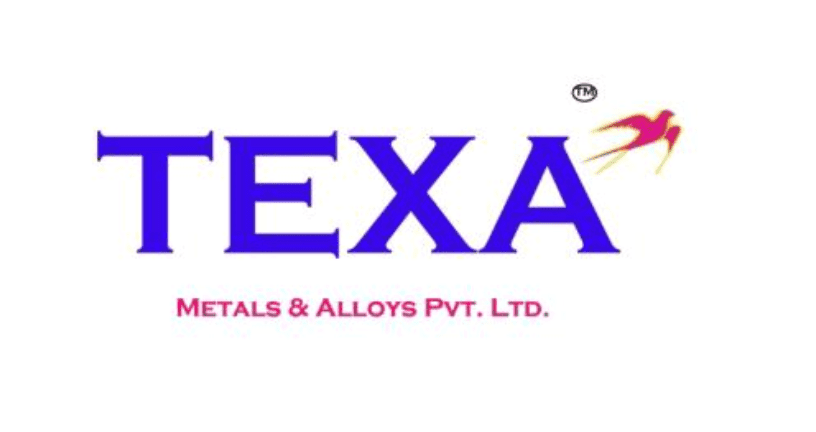ADC12 and LM6 are two commonly & widely used aluminum alloy products. These are mainly used in casting applications across various industries. Both alloys are highly popular in industry, offer a balance of properties suitable for different manufacturing requirements. This may range from automotive components to marine fittings.
In this blog, we will be understanding the differences between ADC12 and LM6 alloys & why they are crucial for specific applications.
This comparison between ADC12 and LM6 provides an in-depth analysis of these alloys.
ADC12: This is the Japanese Industrial Standard (JIS) alloy, which is well known as No. 12 aluminum material. This alloy mainly belongs to the Al-Si-Cu series. This designation signifies its primary composition: aluminum (Al) as the base metal, supplemented with silicon (Si) and copper (Cu) for enhanced properties.
LM6: LM6 comes under the category of aluminum-silicon casting,, which is followed by the Aluminum Association (AA). As the name suggests, silicon is the key alloying element in LM6, contributing significantly to its performance.
1. Castability and Productivity:
ADC12: This aluminium alloy is a champion in terms of castability. It has excellent fluidity that enables it to fill intricate mold cavities more efficiently. It minimises casting defects and ensures consistent part production. This translates to high-volume, cost-effective manufacturing of complex components.
LM6: While this is not as fluid as ADC12, LM6 still exhibits good castability. Its main advantage lies in its wider solidification temperature range. This advantage allows for thicker sections to be cast without encountering hot tearing defects.
2. Strength and Machinability:
ADC12: The presence of copper in its composition contributes to slightly higher overall strength compared to LM6. However, this alloy has higher silicon content which can make it slightly less machinable.
LM6: With a lower silicon content, LM6 offers improved machinability, making post-casting finishing processes easier. However, its overall strength might be a touch lower than ADC12.
3. Corrosion Resistance:
ADC12: The presence of copper does not significantly enhance the corrosion resistance of ADC12. For environments with high humidity, salt spray, or chemical exposure, it might not be the ideal choice.
LM6: LM6 shines in its superior corrosion resistance. The higher silicon content promotes the formation of a protective oxide layer on the surface, safeguarding the underlying metal from corrosion. This advantage makes it a popular choice for applications in marine environments, chemical processing plants, and outdoor structures.
In summary, while both ADC12 and LM6 are aluminum casting alloys with similar silicon and magnesium content, they have important differences in mechanical properties, casting characteristics, corrosion resistance, heat treatment, weldability, and applications. The choice between ADC12 and LM6 depends on specific requirements such as mechanical strength, casting complexity, corrosion resistance, and cost considerations for the intended application.
As a leading manufacturer of aluminum alloys, Texa Metals & Alloys Pvt. Ltd. take pride in offering both ADC12 and LM6 products. We understand the diverse needs of our customers. Whether you require exceptional castability for high-volume production or superior corrosion resistance for demanding environments, we have the perfect solution for your project. Let our expertise help you select the ideal alloy to bring your vision to life.



